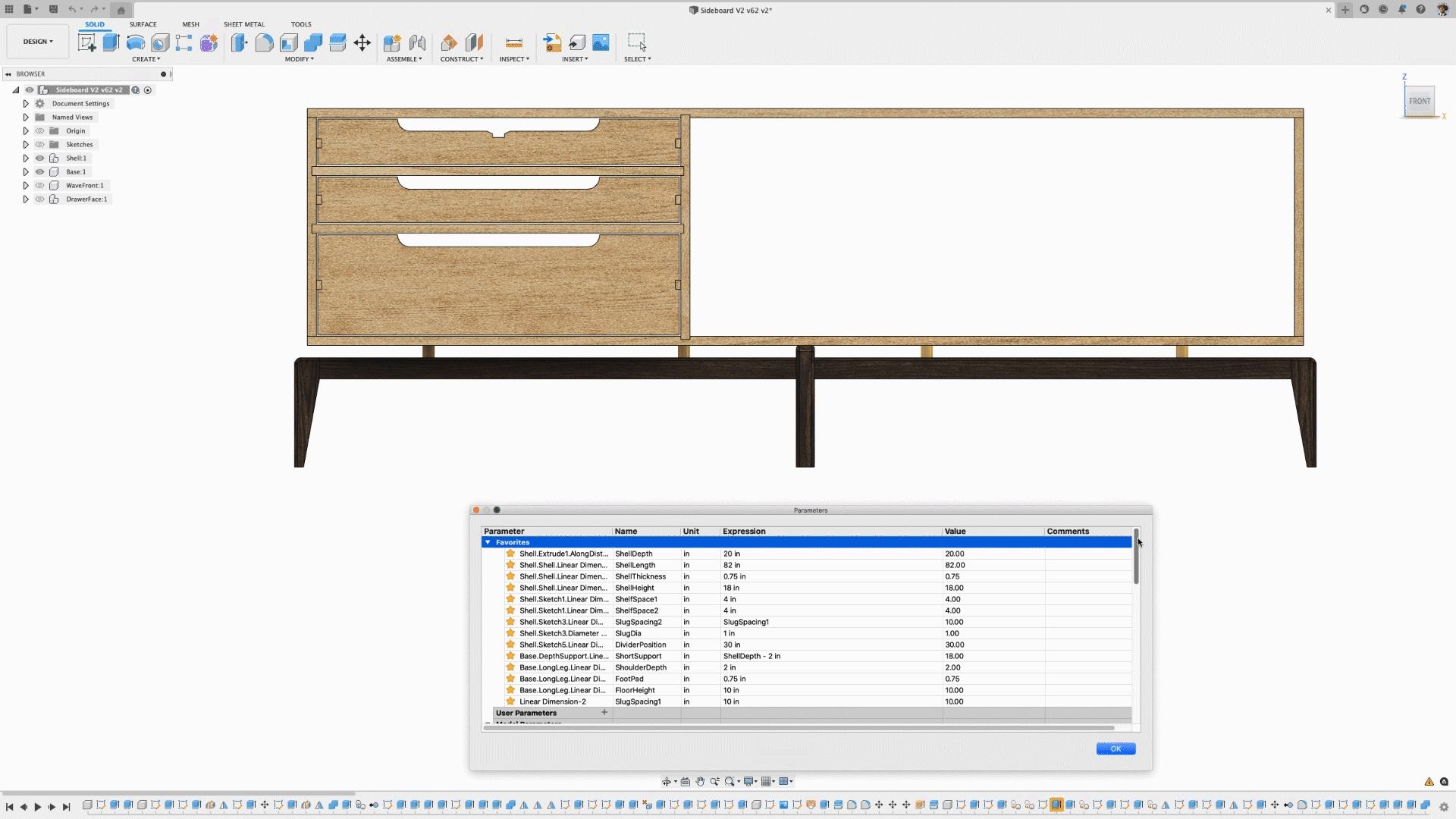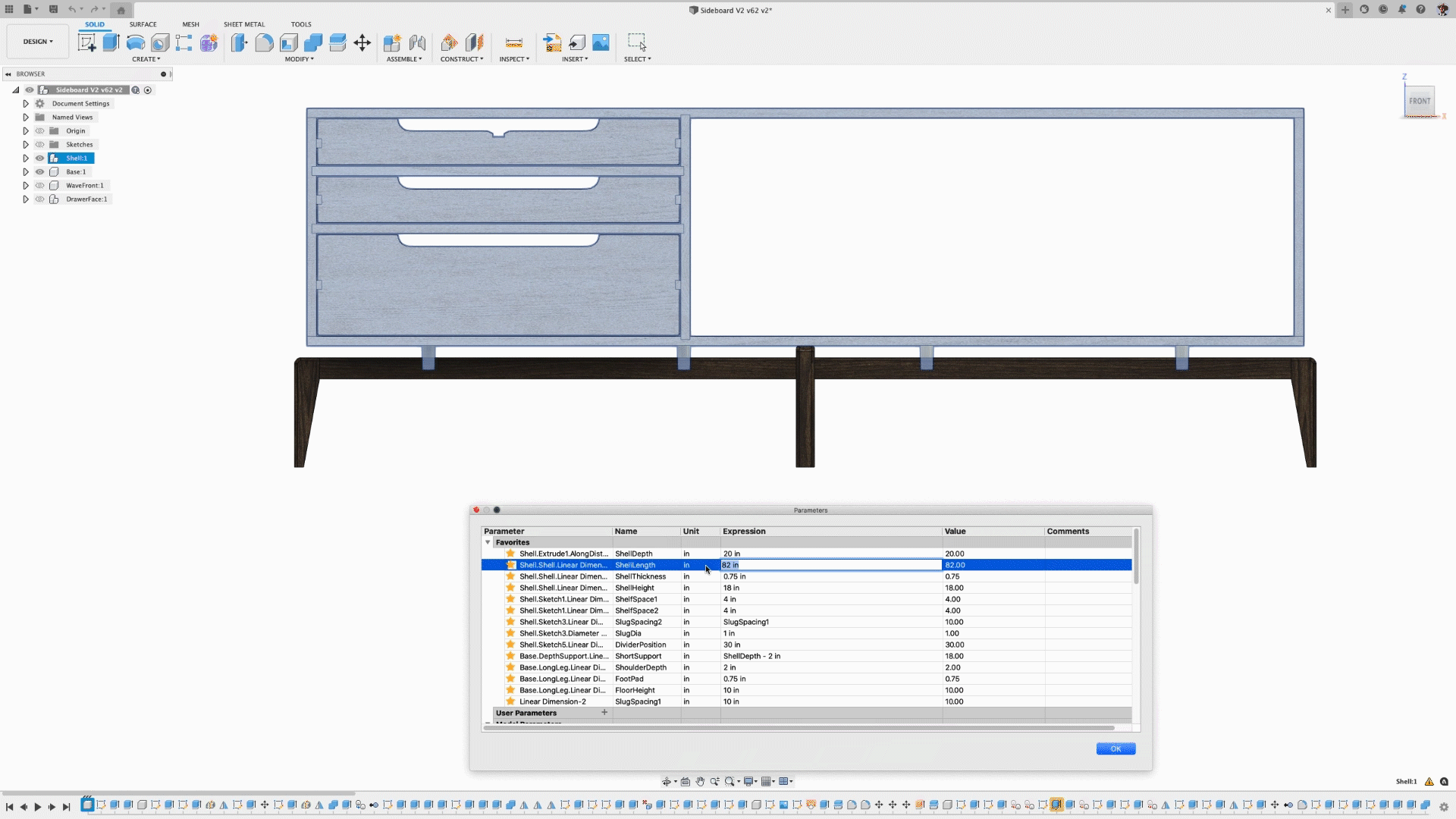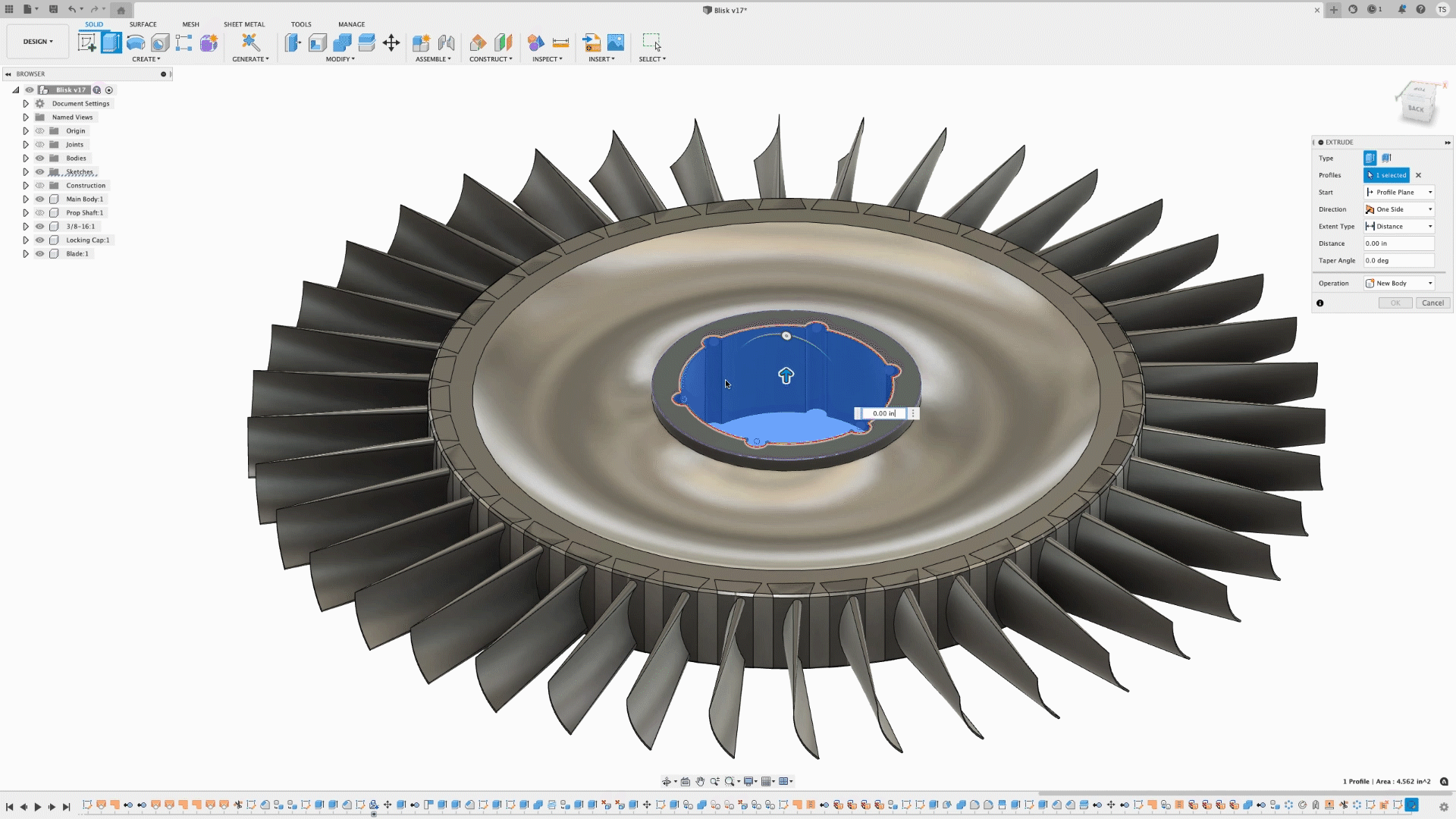Regardless of your workflow preferences, your tools should be flexible enough to accommodate your preferred processes. Learn the difference between parametric modeling and direct modeling, including when and how to use each in Fusion 360.

Let’s start with the elephant in the room. Everyone has a process that works great for their individual needs. Maybe it’s how you like to organize your files, folder permissions, or part numbering. Or, perhaps it’s as simple as how you want your eggs in the morning. Regardless of your experience or preferences, sometimes it pays to try something new or, at the very least, understand your options.
This article will go over the differences between Parametric Modeling and Direct Modeling and why each is a powerful tool regardless of the hat you wear. Hopefully, you’ll get a better idea of which might work best for you in certain situations. Let’s dive into it.
What is Parametric Modeling?

Parametric modeling is the process in which you create design features associated with a set of parameters. It’s simple in concept and massively powerful in practice. When you change a parameter, such as height or length, your design automates that change downstream. Take this piece of furniture. The holes by the stand-offs are tied to a fixed spacing connected to the overall design length. If you change the distance, the spacing also changes. Parametric modeling is hugely impactful to your time when used efficiently. Whether because of client or manufacturing needs, making sweeping changes based on a number saves time, money, and energy.
Many industries employ parametric modeling, such as architecture. This method allows architects to make sweeping changes to facades. Additionally, product designers use parametric modeling to change the dimensions of a product as in the previous example.
As with any design or engineering method, there are pros and cons to parametric modeling. Although parametric modeling is a tremendous value proposition when used in your process, becoming proficient in this method takes time. Understanding your design needs can be complicated and sometimes downright impossible, depending on what stage you’re at. In the end, we don’t always have all the information needed to employ parametric modeling. Therein lies the beauty of direct modeling.
What is Direct Modeling?

Direct modeling is when you create geometry in your design that isn’t tied to a feature. Imagine if you’re working on a new product design for a smart device, and you’re focusing on a texture for the grip. You want to play with ideas without being tied to a single outcome. An instance like this is when you should use direct modeling to your advantage. You could model a sphere, an extruded triangle, or anything you dream up without affecting overall dimensions.
In many ways, direct modeling is a stream of conscious design process where you explore the relational impacts of ideas on the overarching product concept. Architects, designers, and engineers refer to this process as ideation, concept creation, or prototyping. The value of direct modeling is the speed at which you can run through options. However, the downside is that your options aren’t always manufacturing-aware or realistic to the constraints of your project.
How to Decide Which Method to Use
At the end of the day, deciding how you like your eggs, file permissions, or part numbering is all up to your personal preference. Personally, my process starts with direct modeling and ends with parametric modeling. Once I hone in on a feature, design language, or manufacturing need using direct modeling, I parameterize (yes, it’s a word) the features to my requirement. Having the option to do one, the other, or both is great. Many people only have the chance to use one method, but with Autodesk Fusion 360, you can use them both in conjunction with each other. Regardless of what hat you wear, your goal is always to solve a problem, whether it be an aesthetic, manufacturing, or capabilities one. Why would you ever limit yourself to a single set of features to solve all of your problems? Try Fusion 360 today to explore both 3D modeling processes.


